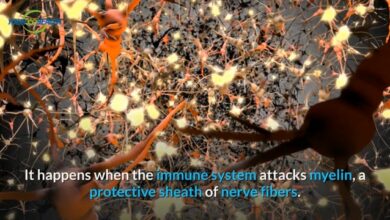By Jessica Yoshimura, Staff Writer
It has been a known fact that since the ’80s, the Earth’s ozone layer has continued to deplete. It was in 1985 that scientists first discovered the Antarctic ozone hole. Because of this, nations across the globe signed the Montreal Protocol regulating CFCs (chlorofluorocarbons). CFCs are in aerosol cans, such as deodorants, for example. With an atmospheric lifetime of approximately 50 years, not only are CFCs bad for the environment, but they are ultimately harmful to our skin. The Ozone layer protects us against the sun’s radiation that can cause burns on all skin tones.
Here are the facts about the effect on our bodies of too much exposure to the sun’s ultraviolet rays:
- A “Safe Tan” does not exist. Tanning is so dangerous that many countries have made it illegal. Do not be fooled by the vitamin D argument either. Yes, the sun provides vitamin D. However, one can get enough through a daily balanced diet. A sunburn or a tanning salon will not do the trick if you have a vitamin D deficiency. Please visit your doctor to be tested if you suspect you might be deficient. Often supplements are all that is needed.
- Too much time in the sun leads to wrinkles. When our skin tans, it speeds the wrinkling process through damage to our cells. Not just wrinkles but other premature signs of aging, like sunspots, uneven skin tone, and freckles, are also symptoms of overexposure.
- Sunburns can increase your chance of skin cancer. All it takes is one, just one, blistering sunburn to double your chance of developing Melanoma, a type of skin cancer.
- Melanoma does not only affect the elderly. In an article on their website in April 2020, cancer.org states that Melanoma is the leading cause of cancer deaths in women 25-30. Consequently, it is the second most common type of cancer in teens and young adults.
- Skin cancer is not just for blondes and redheads. Melanoma strikes all skin tones and does not discriminate. Bob Marley, the world-famous reggae musician, died of Melanoma at the age of 36.
Things We Can Do to Make a Difference
We can take steps to heal the damage to the Earth’s ozone layer. On a personal level, the main thing we can do is eliminate our use of CFCs, whether through aerosols or cooling devices. With the ozone layer depleting and the sun’s rays intensifying, it is best to take all necessary precautions to reduce exposure.
To protect our health from sunburn, we must limit exposure to the sun and remain in the shade, especially between 10 am and 4 pm. If you must go out in the sun, wear a sun hat/ball cap, use sunscreen over SPF 30, and limit exposure to 20 minutes or less. Get professional advice about your skin type and appropriate levels and duration of exposure to the sun.
In conclusion, according to the Melanoma Research Foundation’s website at melanoma.org, 90% of cutaneous Melanoma can be prevented by a) reducing or limiting exposure to ultraviolet rays of the sun or b) early detection through regular checks with a dermatologist. Take care of your skin, and it will take care of you!




